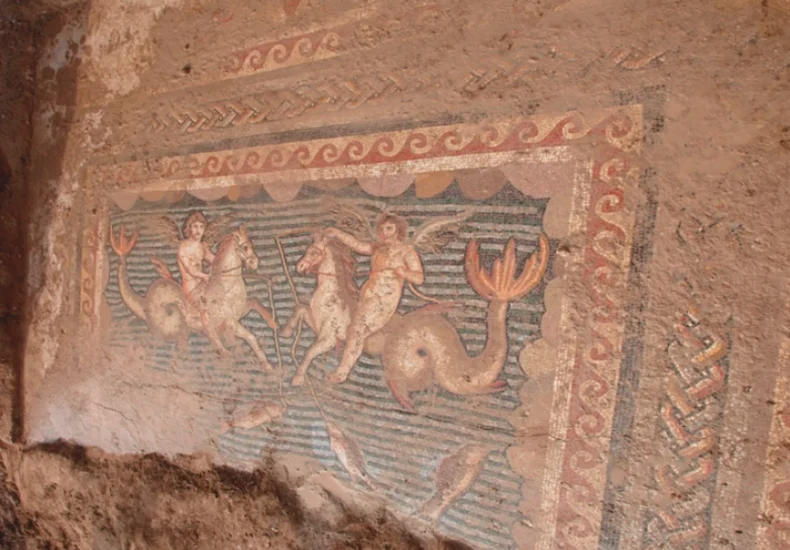
Unique in the World: The Eros Mosaic from Yumurtalık Shows the God of Love Fishing on a Hippocampus
Discovered during rescue excavations in 2013 in the coastal town of Yumurtalık (ancient Aegeai) in southern Türkiye, the mosaic depicts the love god Eros fishing while riding a Hippocampus—a half-horse, half-fish sea creature. Scholars describe it as a one-of-a-kind example in the entire Mediterranean world.
From rescue excavation to museum
The mosaic was unearthed in February–March 2013 after road construction damaged the area. Archaeologists from the Adana Archaeology Museum intervened, saving the floor but leaving the site partially unexplored. Excavations resumed in 2014. Today, the mosaic is preserved and displayed in the Adana Archaeology Museum.
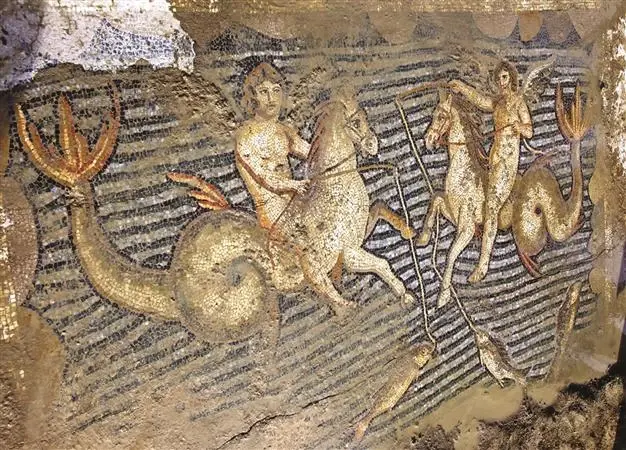
A unique scene
The most detailed analysis of the work was published in 2014 by Assoc. Prof. Nurettin Öztürk (Atatürk University, Department of Archaeology) and Oya Aslan, then Director of the Adana Museum. They noted:
“In the panel framed by geometric borders, Eros figures are shown riding Hippocampi while fishing with rods.”
The scene is unparalleled: two Erotes of different ages are shown catching barbun, sea bass, and grouper—fish native to the Mediterranean—while a conch shell also decorates the panel.
📣 Our WhatsApp channel is now LIVE! Stay up-to-date with the latest news and updates, just click here to follow us on WhatsApp and never miss a thing!!
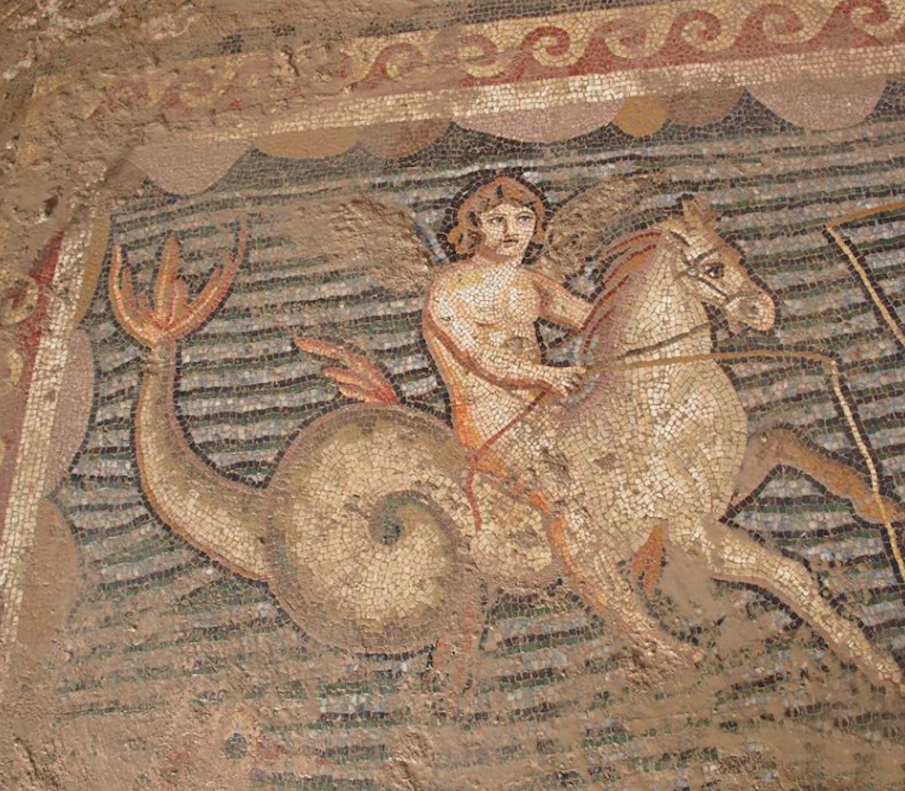
The city of Aegeai
The mosaic comes from the ancient city of Aegeai, once part of the Cilicia Pedias region. During the Crusades, in the 13th and 14th centuries, Aegeai was a flourishing commercial port. It was captured by the Mamluks in 1347, incorporated into the Ottoman Empire under Sultan Selim I in the early 16th century, and by the 19th century had become a poor and abandoned settlement.
As Öztürk and Aslan emphasize:
“In Aegeai, once world-renowned for its stone-carving tradition, the high quality of mosaic workmanship is only now gradually being revealed.”
The myth of the Hippocampus
The Hippocampus was imagined as half-horse, half-fish, sometimes winged, and served Poseidon along with other sea creatures. Ancient sources do not give them personal names; Homer refers to them in the Iliad as “brazen-hoofed horses”:
“There he had his famous palace at Aegeai, bright and imperishable…
And the brazen-hoofed horses sprang to the chariot,
With golden manes, flying swift as the wind.
Poseidon lashed them with his golden whip,
And they flew over the waves,
While the sea creatures rejoiced and gave way before their lord.”
Usually seen drawing Poseidon’s chariot, in Yumurtalık they take on a new role: serving as mounts for Eros while he fishes.
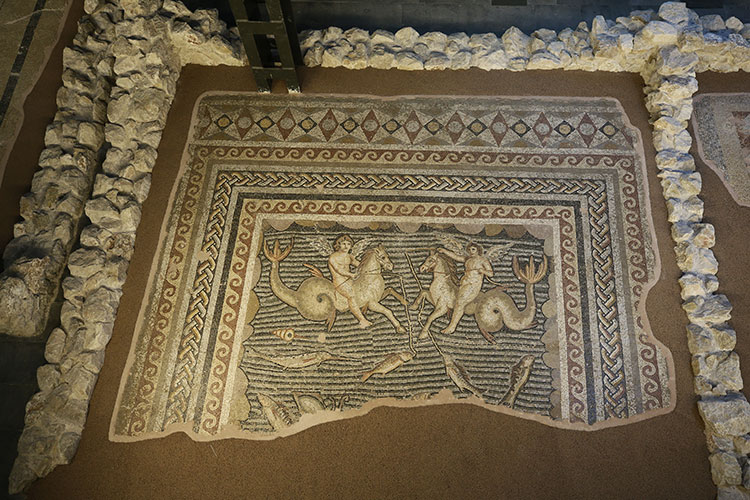
Rare iconography in Late Roman art
The mosaic is dated to the early 3rd century AD. Its borders include wave motifs, braided guilloche patterns, and geometric frames—designs with parallels in Pergamon and Pompeii.
Öztürk and Aslan underline its importance:
“The depiction of Eros fishing on a Hippocampus not only reflects the beliefs and culture of the period but also emphasizes the maritime identity of Aegeai.”
Cover Image: The moment of discovery: the “Eros Fishing on a Hippocampus” mosaic emerging from the soil during rescue excavations in Yumurtalık, Adana, in 2013. The scene shows two winged Erotes riding half-horse, half-fish sea creatures while catching fish — a unique depiction with no known parallel in the Mediterranean world.
You may also like
- A 1700-year-old statue of Pan unearthed during the excavations at Polyeuktos in İstanbul
- The granary was found in the ancient city of Sebaste, founded by the first Roman emperor Augustus
- Donalar Kale Kapı Rock Tomb or Donalar Rock Tomb
- Theater emerges as works continue in ancient city of Perinthos
- Urartian King Argishti’s bronze shield revealed the name of an unknown country
- The religious center of Lycia, the ancient city of Letoon
- Who were the Luwians?
- A new study brings a fresh perspective on the Anatolian origin of the Indo-European languages
- Perhaps the oldest thermal treatment center in the world, which has been in continuous use for 2000 years -Basilica Therma Roman Bath or King’s Daughter-
- The largest synagogue of the ancient world, located in the ancient city of Sardis, is being restored

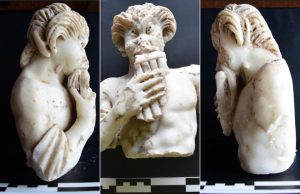
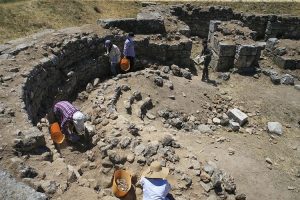
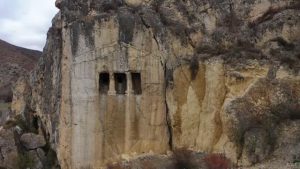
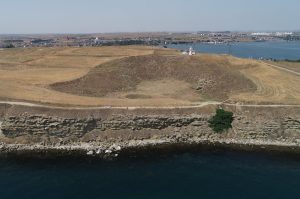
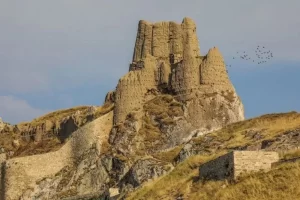
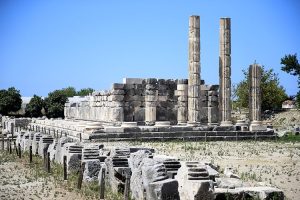
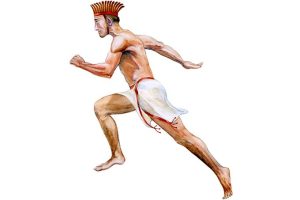

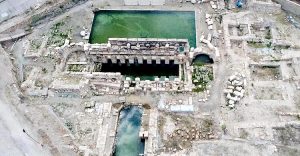
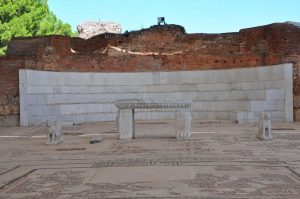
Leave a Reply